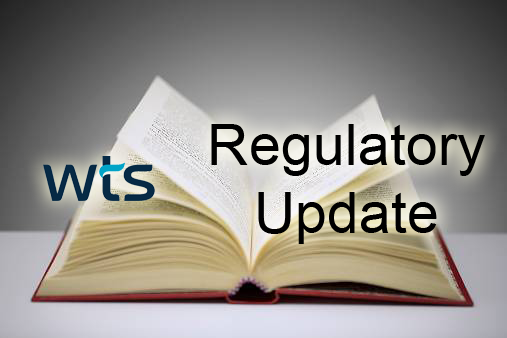USEPA recognizes that unforeseen events may occur that could lead to a temporary change in Generator Status for Very Small and Small Quantity generators. This is very common at warehouses or distribution centers due to damaged or expired product, product recalls, etc., and this may be exacerbated by current supply chain issues.
Any circumstance, planned or unplanned, that does not occur as part of normal operations and causes a VSQG or SQG to exceed their monthly hazardous waste generation limit is called an “episodic event.”
Through some recent new rules VSQGs and SQGs that exceed the monthly waste generation quantity amounts during “episodic events” can do so without losing their current generator status or having to comply with the additional requirements as a SQG or LQG.
It is important to note that not every state has adopted the rule, so the generator should check with their respective state (see following link: https://www.epa.gov/hwgenerators/where-hazardous-waste-generator-improvements-rule-effect).
Episodic Events are defined in 40 CFR 262 subpart I:
- Episodic Events are limited to one event per year. Generators can petition the Administrator or state agency for one additional event per year.
- The episodic event can be planned or unplanned.
- Planned episodic events are planned and prepared for by the generator. Planned events include regular maintenance, tank cleaning, removal of excess chemical inventory.
- Unplanned episodic events are not planned or reasonably were not expected to occur, including production upsets, product recalls, spills, accidents or “acts of nature.”
Generator Requirements for Episodic Events
Generators must notify EPA or their state agency no later than 30 days prior to a planned event or within 72 hours of an unplanned event. Additionally, generators must:
- Obtain an EPA ID # (complete form 8700-12)
- Properly mark and label hazardous waste.
- Follow manifest requirements.
- Keep inventory logs and records to identify the event.
- Ship waste generated from the event off site within 60 days from the start of the event.
- Maintain records (beginning and end dates, description of the event, types and quantities of waste generated, name of the TSDF, name of the transporter, and approval letter from EPA or state if the event was an additional event) for 3 years following the end of the event.
As always, your WTS representative stands ready to help with any questions about what is required to maintain your generator status during episodic events, and we will continue to monitor and report on any relevant rule changes.

